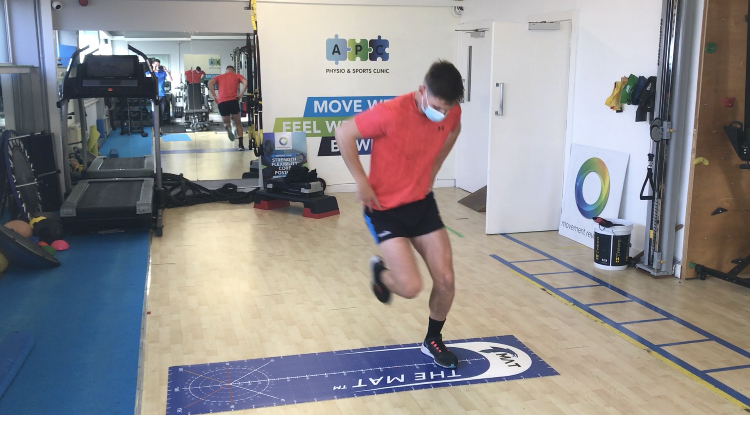Knee Ligament Tears
Recovery from an ACL Tear Starts on Day 1!
What is a knee ligament?
The ligaments in your knees are like tough elastic bands, both stretchy and durable. They connect your femur to your tibia, but serve a number of other functions, chiefly preventing excessive movement of your joints.
If one or more of your knee ligaments gets damaged, the entire knee joint may feel unstable, and with more serious injury become unstable.
If a ligament is torn, as well as producing some extremely painful symptoms, there’s a possibility that surgery will be required.
The first steps before the mention of the ‘S word’ is to have it assessed by a sports physio, engage in a personalized treatment and rehab plan, where each stage is about maximising the healing of your ligament injury and the stability of your knee joint.
Thankfully not all knee ligament damage actually require surgery despite significant pain and disability.
You have four major knee ligaments, and they each serve a different function:
- The Anterior Cruciate Ligament, or ACL
- The Posterior Cruciate Ligament, or PCL
- The Medial Collateral Ligament, or MCL
- The Lateral Collateral Ligament, or LCL
Symptoms of a torn ligament may include:
- A popping or snapping noise at the time of stress or impact
- Acute swelling or pain in your knee
- Tenderness to touch
- An inability to use your knee normally, and compensating for this with hobbling or irregular movements

What to do if you injure your knee ligaments?
During the early stages of sustaining a suspected injury to the ligaments of your knee, the knee and all surrounding tissues should be closely monitored.
The first and most important thing to do is to compress and support the joint, keeping it elevated with an ice pack.
Activity should be avoided if very painful or until your knee has been assessed by a sports physio to determine the exact extent of the injury.
Despite common practice, anti inflammatories should be avoided for the first 72 hours to allow natural healing to take place.
When Does Rehab Start?
From Day 1!
Most people wait too long before starting rehab/prehab.
Getting your knee assessed is vital even if you are waiting for an MRI.
You can always do simple exercises/techniques that can help reduce pain, increase mobility & minimise muscle weakening.
A knee brace may also be prescribed. This is done to provide support to the damaged elastic bands that are bolstering your joints as they are temporarily unable to provide this.
This will help protect your knee against the strain of activities that you can’t avoid taking part in.
The initial few weeks after a knee ligament tear is vital. Most people totally rest and get disillusioned.
There is much to be done in this time.
The question of surgery has to be answered.
This can become easier to answer depending on how the body is reacting to treatment/rehabilitation.
Not all tears require surgery!
It is becoming more commonplace to treat Knee Ligament Tears without surgery.
Even when surgery is required, the better condition you can get your knee and body into, the better outcome you will have long term.
Does Rehab Need To Be Specific?
Yes!
Remember that what we do is case specific: it depends on how and where you injured your knee, your own strength and abilities, and how rapidly your knee ligaments are able to heal themselves.
After surgery, rehab again starts from day 1!
Once your new ligament is in place, it requires careful rehabilitation and guidance focusing on optimal healing and joint ROM in the early stages, building strength and improving balance in the middle stages and when the time is right, getting the body back into running and sports specific conditions before being fully fit and safe to get the green light to return to normal activities or competition.
Rehab needs to be tested & tailored to:
- Your specific injury
- Your graft used (patella/hamstring)
- Your sport
- The root causes of why your injury occurred
- The mechanism of your injury occurred (contact v non contact)
Addressing the root cause of why the ligament tore in the first place is paramount.
This may be a subtle hip weakness or movement patterning. But the last thing you want is a recurrence.
If you embark on one of our tailored rehab programs pre & post-operation, with perseverance and commitment, your knee and all its ligaments will have the best possible chance to get back to its best.
Have A Knee Ligament Tear?
Why Not Apply For A Free Strategy Session
Interested in Improving Your Performance & Staying Injury Free?
At APC, we don’t want to get you back to where you were before you came in, we want to get you to a higher level, to ensure your injury doesn’t recur.
If you’d like to find out more about injury prevention and performance, why not sign up to our FREE Email Series with the most up to date, evidence based advice and tips.